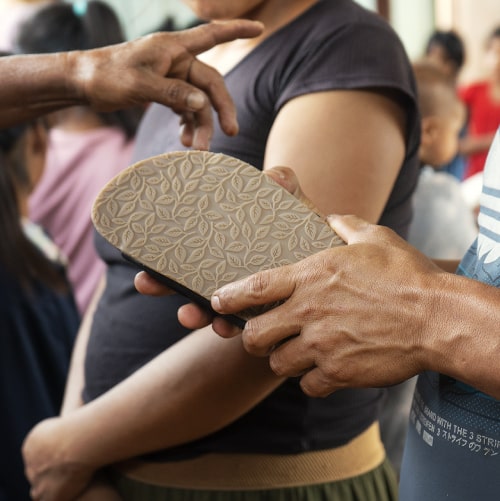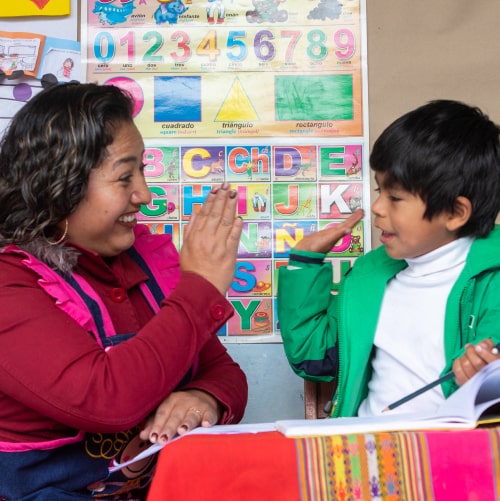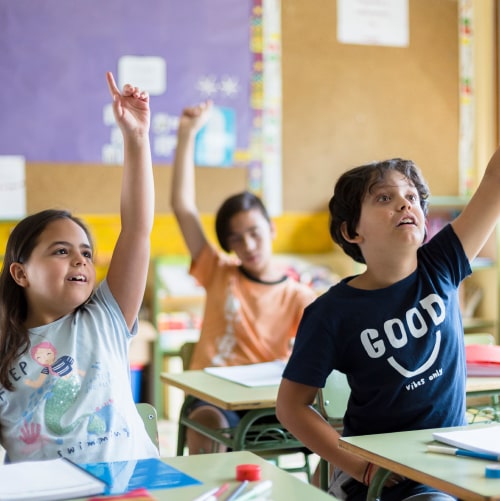With a deep vocation for service and a long history of commitment to the well-being of the most vulnerable communities, the Wiese Foundation anticipates the imminent arrival of the Global El Niño Phenomenon.
The aforementioned anomalous weather event is expected to severely affect several areas of Peru during the next rainy season, between the end of 2023 and the beginning of 2024. This has led the Wiese Foundation to act preventively, beyond the usual emergency response, in order to provide support to vulnerable families who are threatened by this natural catastrophe.
The El Niño Phenomenon and its Impact
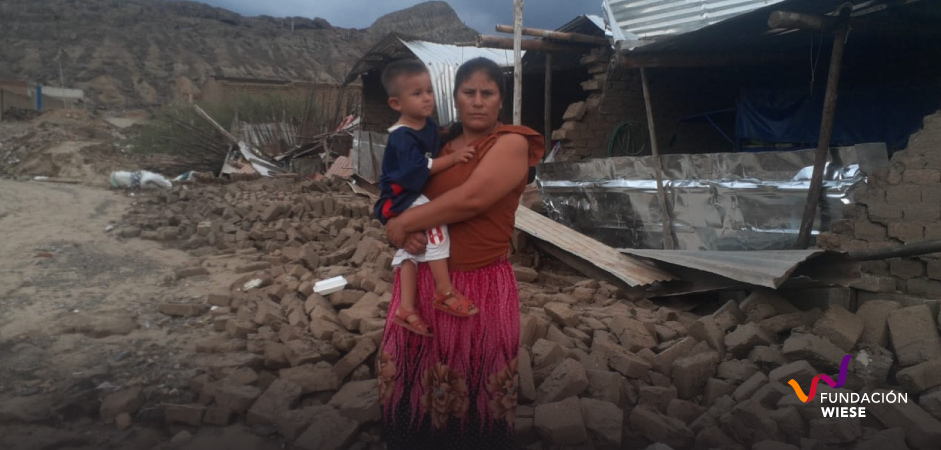
In order to understand the importance of this initiative, suffice it to recall the devastating impact of the latest El Niño Coastal Phenomenon, which occurred during the last rainy season, in the summer of this year. Floods and landslides caused significant damage to health, housing, public infrastructure and economic activities in the affected areas, aggravating the precarious living conditions of the most vulnerable.
Although they have not yet recovered from this terrible impact, now, these same vulnerable people will have to face a new devastating climate event in the coming months, known as the Global El Niño phenomenon, whose intensity is expected to be strong to moderate, according to the latest ENFEN (National Study of the El Niño Phenomenon) report.

This led the Wiese Foundation to undertake, since last May, its new Humanitarian Aid campaign “Together we build hope”, to address the new emergency, but this time in a preventive way.
The beginning of a valuable alliance
This project got off to an unusual start, but a valuable one. Father Omar, from the Association of the Beatitudes, called upon various institutions that would able to make good use of some Housing Modules or prefabricated houses built in the year 2018.
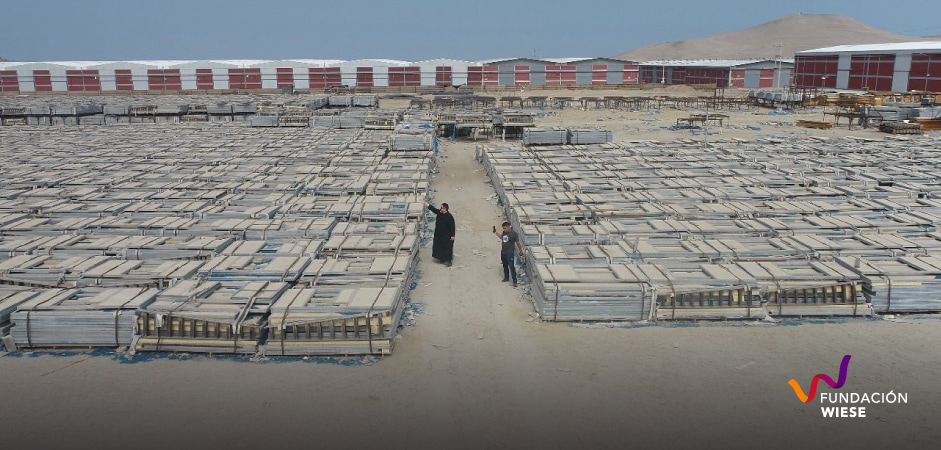
The Wiese Foundation was the first institution to respond to this call, immediately assuming the commitment to move, recondition, install and deliver 100 houses, in alliance with its institutional ally ADRA Peru.
Verification & Preparation
A team from the Wiese Foundation and ADRA Peru verified the characteristics and state of habitability of the houses, then proceeded to transport 100 of them to a conditioned warehouse in Lima for their conditioning and subsequent transfer to the areas where they would be installed.
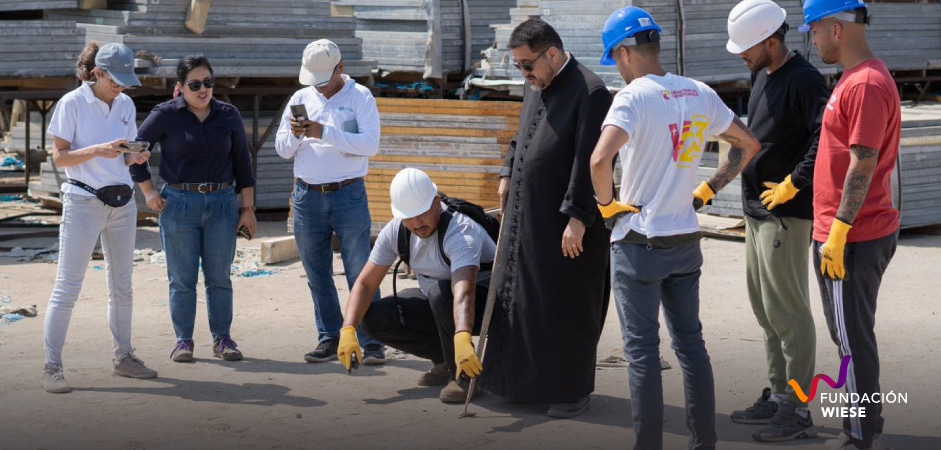
Once placed in the warehouse set up by the Wiese Foundation in Lima, the modules underwent a thorough review and preparation process. Given that they had been exposed to inclement weather for several years, new doors were manufactured for all the houses and some minor deteriorated parts were completed or replaced.
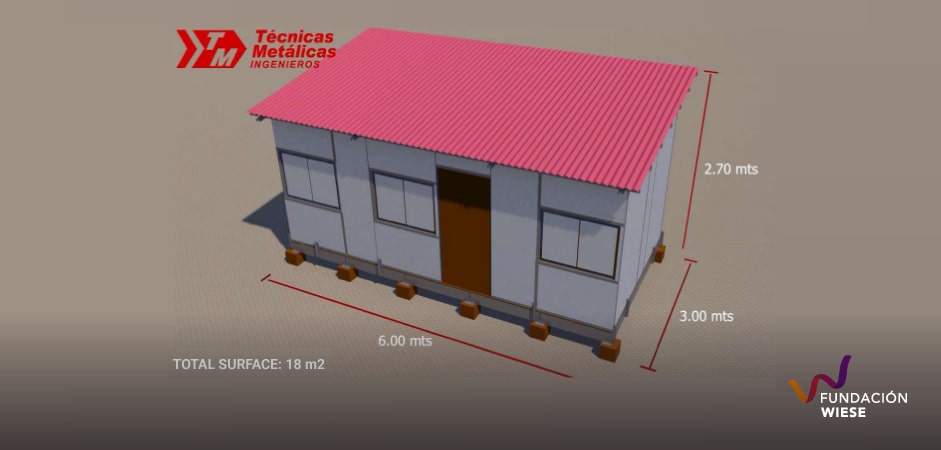
Identification of safe zones and beneficiaries
In tandem with the work described above, the task of identifying the beneficiaries was started, in direct coordination with the local authorities and the leaders of three communities in the Piura region. During these tasks, two main selection criteria were verified: (1) the conditions of high vulnerability of the potential beneficiaries (extreme poverty, health conditions, family make-up, etc.), as well as (2) the location of their usual place of residence, to ensure that it is out of risk: such as high areas, away from riverbeds, free of landslide risks and other hazards.
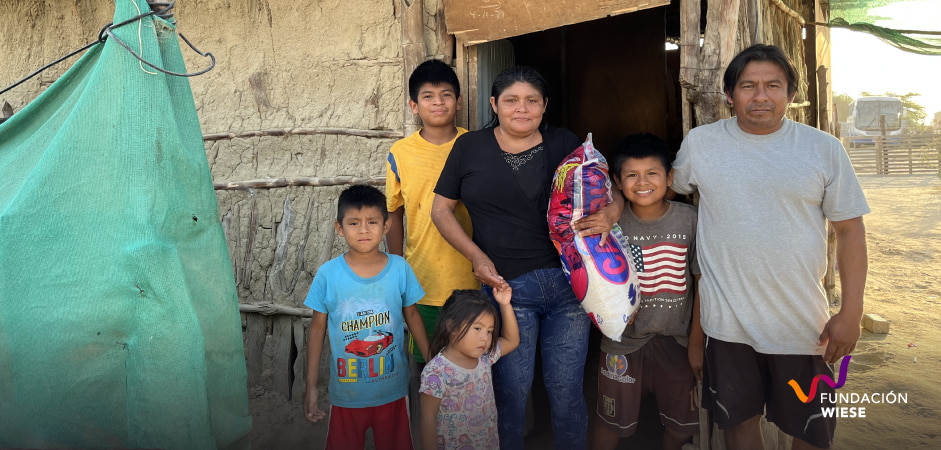
The road to the North Coast
Once the areas and the beneficiary families had been identified, the second phase of the project was undertaken: the transport of the 100 modules to the north coast of the country, specifically to extremely affected areas such as Parachique – La Bocana, and Mala Vida, in Sullana and Chapairá, in Piura.
A crew of specialized workers, from Cusco, accompanied by a team of volunteers from the local communities themselves, and led by a team stationed in the field, were in charge of locating the exact place or each house, to then build them and carry out any other necessary repairs until they were ready for their final delivery.
Goal accomplished

The Wiese Foundation is proud to announce that this humanitarian aid project has been successfully concluded. All the prefabricated houses have been built and delivered to the families in need. This achievement represents a significant step toward a safer and more resilient future in the face of natural disasters in affected communities.
100 houses donated = 100 families benefited
- Township of Parachique – La Bocana: 50 houses delivered.
- Township of Mala Vida: 28 houses delivered.
- Township of Chapairá: 22 houses delivered.
A new home, a better quality of life
The culmination of the project is evidence of the Wiese Foundation’s ability to provide meaningful, effective and direct support to communities in need.
Prefabricated homes, specifically designed to withstand extreme weather conditions, are built with high-quality materials. These include fiber cement and galvanized steel, making them resistant to rain and moisture. In addition, they have laminate floors and roofs with slopes suitable for rainwater drainage. The houses are designed to be elevated above ground level, which provides greater protection from flooding and other natural hazards. Finally, their windows located in front and back of the house and the implementation of meshes or lattices in all of them, allow cross ventilation and protect its occupants from insect bites, ensuring the comfort and well-being of the families.

An Ongoing Commitment
The Wiese Foundation’s commitment to prevention and humanitarian aid remains unwavering. For the year 2024, the Foundation plans additional actions to address the emergency in critical areas of the country.
As it has done in the last 7 years, the Wiese Foundation will continue to contribute to bringing relief and hope to the most vulnerable in the face of emergency situations and disasters, with the aim of contributing to building a stronger and more resilient Peru. This project demonstrates that joining forces, collaboration with allies, preventive care, and the participation of good-hearted people can make a difference in the lives of entire communities. The Wiese Foundation would like to thank everyone who has made this project possible, including donors, partner institutions, local authorities and, of course, all the outstanding and local people who participated in the construction of these 100 homes. Thanks to them, many very vulnerable people have received a safe space that they can call home. To learn more about the Wiese Foundation’s projects and initiatives, visit our website www.fundacionwiese.org or follow us on social media.
We share with you the photographic report of the campaign here.




